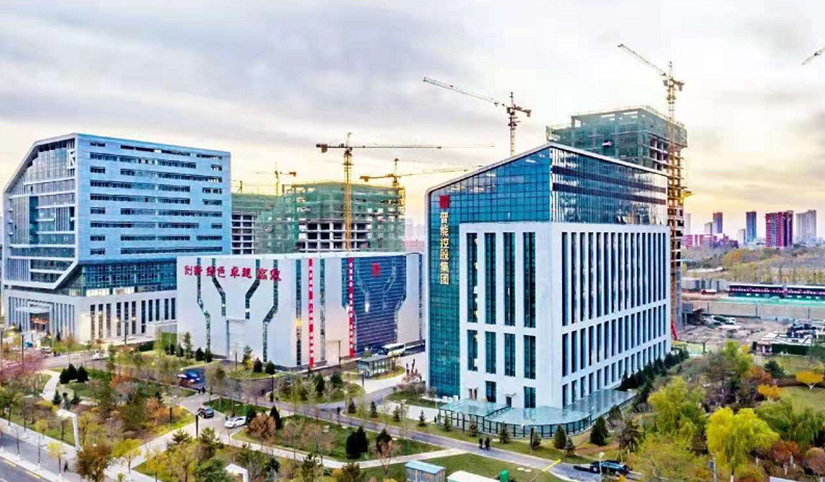One-Stop System Solution
The Role of Flexibility in Photovoltaic and Battery Optimal Sizing towards a Decarbonized Residential Sector, so the PEDF (Photovoltaic, Energy storage, Direct current, Flexibility) system combine with BIPV products can easy to solve the application of PV in green architecture.
PEDF combination of four technologies of Photovoltaic, Energy storage, Direct current and Flexibility
Photovoltaic: Using the surface of buildings to develop photovoltaic power
Energy storage: Storage energy in charging pile or other energy storage devices
Direct current: Change AC into DC
Flexibility: Building electrical equipment needs to have interrupt regulation capability

PEDF - BIPV system, integrating PV power generation, energy storage, direct currentand flexible power consumption. What is different from conventional PV buildings is the DC power distribution.
People now commonly use alternating current (AC) electricity, while the electricity emitted from a PV building is DC, so common PV buildings are installed with inverters to convert DC electricity into AC electricity before it can be used. The conversion process results in power loss.
However, Gain Solar PEDF-BIPV system directly adopts low-voltage DC power distribution. There are many advantages to doing so. The application of DC power distribution in buildings can significantly improve system performance, enhance security, and improve power quality; the utilization rate of power is increased by 6-8%, with obvious energy-saving advantages; the investment in equipment is much smaller, and the investment cycle is shorter (eliminating the need for inverters, transformers, and other equipment saves about 10% of the initial investment in equipment); it reduces the cost of electricity to the user, and the excess power can be sold to the state or given back to the society to relieve the pressure on the power grid. The PEDF-BIPV system is initially expected to reduce carbon emissions by about 25% for building operations.
Advantages
High energy utilization ratio (6-8% higher than conventional PV buildings) and obvious energy-saving advantages
Less equipment investment, short investment payback period
Significantly improved system performance, security, and power quality
Enhance the building electricity regulation ability (15%-30% regulating ability increased)
